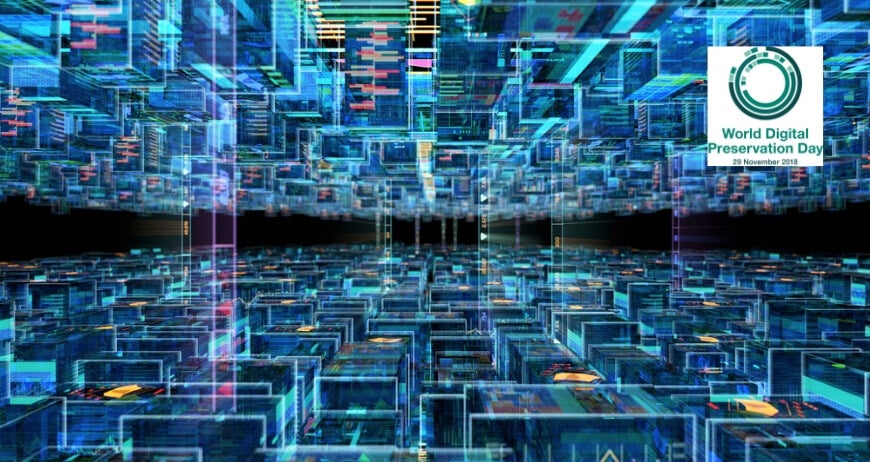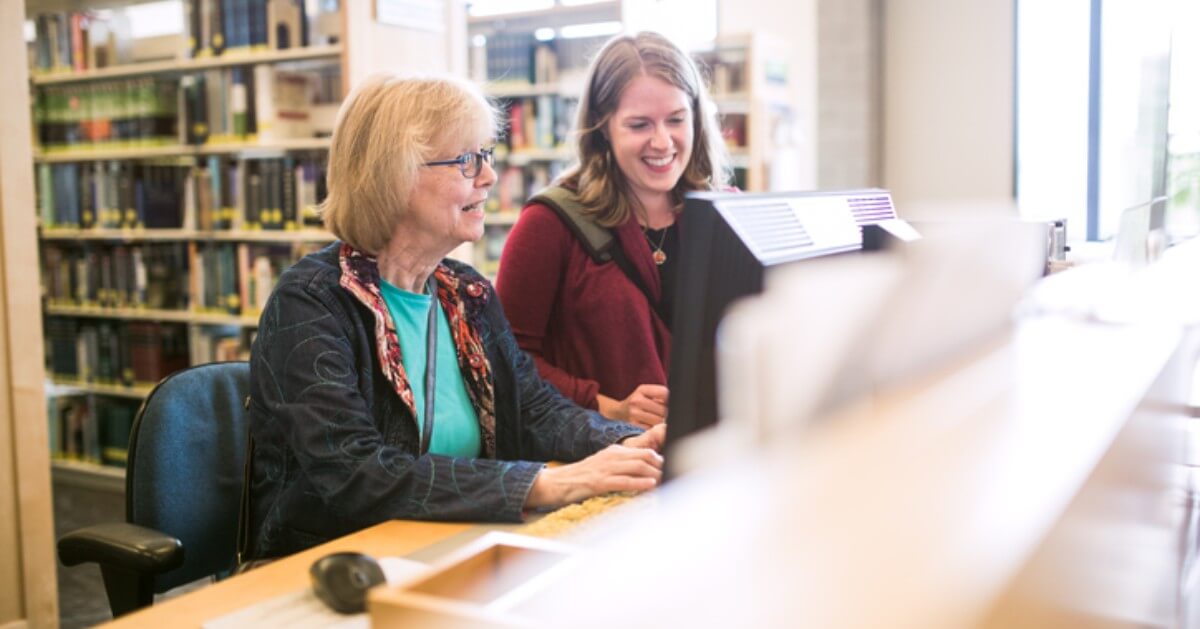Most libraries and archives who are learning about, planning or implementing a digital preservation initiative pause, at least once in awhile, to wonder; how do they compare to their peers? Are they doing better, worse; are they covering all the essential points? We’ve recently begun conducting a series of regional symposia on Digital Preservation that help in this regard. Our goal in doing this is to help libraries and archives understand the needs, challenges and possibilities surrounding digital preservation and to do so in a forum where peers can freely share information. The results have been interesting and insightful.
At a high level, the question being asked by all is: How will we guarantee the authenticity and accessibility of the terabytes and now petabytes of all of the digital content we are now creating? Steve Knight of the National Library of New Zealand (NLNZ), the lead speaker at one symposium, discussed how NLNZ had gone though all of the phases of documenting the business requirements, analyzing “build versus buy” strategies, explaining and positioning open source/proprietary/open platform solutions to NLNZ directors, training the organization on preservation standards, and through a partnership with Ex Libris, going live with Rosetta – a workflow-based digital preservation infrastructure that provides both access and long-term preservation.
Also of interest was the fact that half of the attendees believed that digital preservation is really just preservation dealing with yet another new information format. (See our previous blog post on this subject at https://exlibrisgroup.com/blog/ ). Digital preservation (or the ability to guarantee long term access to digital content) is a new discipline in many ways and one that comes with new questions. For instance: a) how do we create a digital preservation policy? b) how do we plan for digital preservation? c) how do we build the business case? d) how do we orchestrate a program and eventually go live with a workflow based solution? During the symposium, answers were discussed among attendees, including such things as best-practices, Web-based resources that exist, and actual experiences.
On the next topic of digital preservation standards, polling results showed that although most institutions are planning to use and follow the OAIS (Open Archival Information Systems) reference model, few had actually been formally trained in OAIS. One could spend days reading the OAIS documentation, but not find answers on how to implement a digital preservation infrastructure, how to build the policy, or how to plan each and every critical step. The good news is that there are now on-site and Web-based training classes ranging from 1 day to multi-day, interactive and/or workshop sessions (for additional information on training, please contact your local Ex Libris office.
The next question showed that nearly all libraries are digitizing and nearly everyone is putting content somewhere, most in some type of repository. Digitization is viewed as a “socially acceptable” way of preserving documents that define your institution’s reputation or possibly defend and protect your institution from legal and regulatory issues. Of course this method of preservation does not address content that is born-digital or the processes needed to authenticate and render all content in the coming decades.
The final polling question showed that many of us are still “flying under the radar” in our respective institutions. Despite all of the hard work and planning going on in the area of digital preservation, only a few of the symposium attendees could say that digital preservation was a stated priority of the senior management in their institution. Although the poll in our symposium showed about half of the attendees had already built or could build a business case for digital preservation, there was only one participant that responded positively to the question; does a written digital preservation policy exist in your institution? It is clear to us all that we need to learn how to express the need for digital preservation as a solid business case.
These symposiums have shown that there is a lot more work for all of us to do in making digital preservation a priority that will get the resources it needs. While some institutions are further along than others, most are just at the beginning stages.
How does your digital preservation initiative compare?







